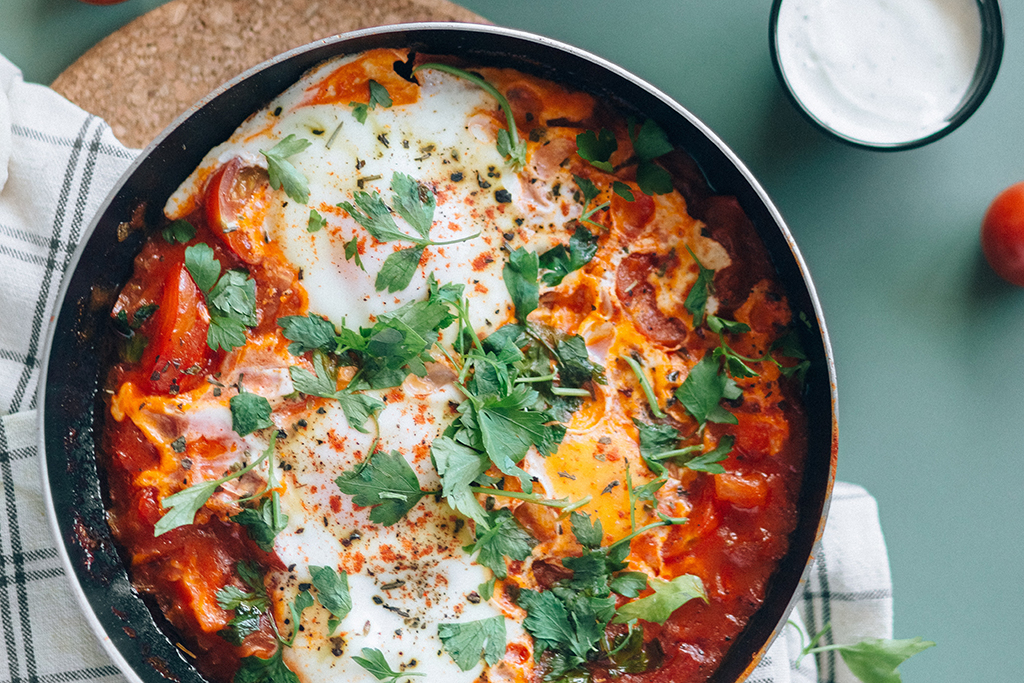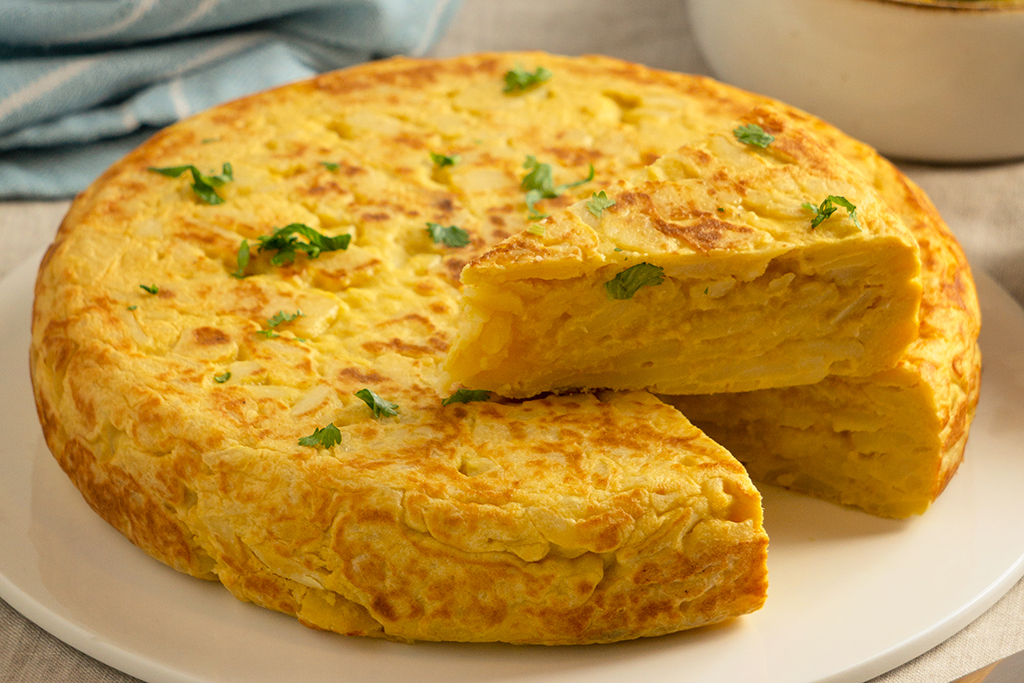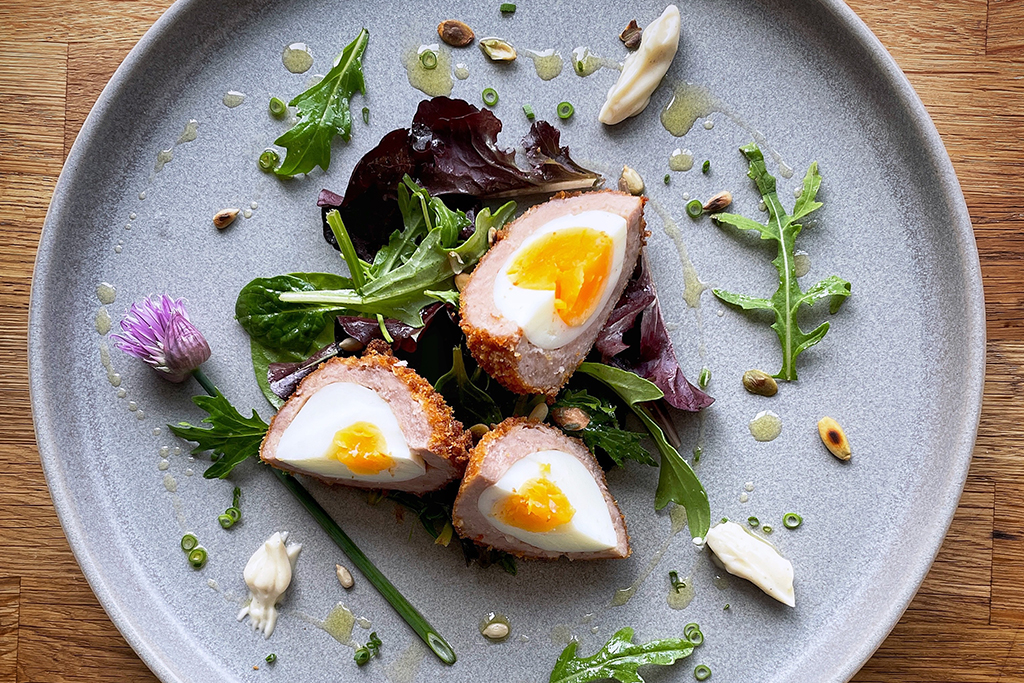Nothing says spring like a platter of deviled eggs swirled high with a condiment-infused yolky mixture and dusted with paprika. But did you know that this popular appetizer has actually been around for millennia? It’s thought to have originated in ancient Rome, where guests would be served boiled eggs seasoned with spicy sauces at the beginning of a formal meal. In fact, the quintessentially American version we all know and love has only been around since the 1940s, when mayonnaise became a staple in the ingredients.
Just like the United States has deviled eggs, other cultures and cuisines have their own beloved egg recipes. Check out the history and ingredients of some of the most popular egg dishes across the globe.

Shakshouka
Loosely translated to “all mixed up” in Arabic, shakshouka features poached eggs in a spicy tomato and bell pepper sauce seasoned with cumin, paprika, and cayenne pepper. The origins of this dish are somewhat uncertain, though many give Tunisia, a country in North Africa, credit. It’s a ubiquitous dish in Israel and other Middle Eastern countries.
Baghali ghatogh
This specialty from northern Iran is a hearty stew made with fava or lima beans, dill, garlic, and poached eggs. It’s typically served warm over rice.

Tortilla española
You’d be hard-pressed to find many traditional restaurants or cafés in Spain without this frittata-like dish on the tapas menu. Also known as tortilla de patatas, it comes together in a skillet by cooking eggs mixed with potatoes (and sometimes onions) fried in olive oil and seasoned with salt. It’s often served in a wedge with a side of salad greens.
Kwek-kwek
This Filipino street food consists of hard-boiled quail eggs coated in a batter made with annatto powder, which gives it a naturally orange color. The eggs are then deep-fried to crispy perfection and served with vinegar or fish ball sauce. One legend asserts that kwek-kwek was an accidental invention by a food vendor trying to salvage the eggs she dropped. There is also a version called tokneneng made with chicken eggs.

Scotch egg
A gastropub staple in England, the Scotch egg consists of sausage meat wrapped around a peeled boiled egg, which is then coated in breadcrumbs and fried. This is another egg dish with blurry origins; many think the London department store Fortnum & Mason created them in 1738 as a portable snack for rich people, others wonder if they were influenced by a type of meatball in India, and some believe William J Scott & Sons, an establishment in the coastal town of Whitby, invented them, originally covering them in fish paste instead of sausage and dubbing them “Scotties.”
Huevos rancheros
No stranger to many Americans’ lexicon, huevos rancheros, meaning “rancher’s egg,” is a common Mexican breakfast named for the hearty midmorning meal served on rural farms. The dish consists of lightly fried corn or flour tortillas layered with fried eggs and pico de gallo or cooked salsa. It’s often served with refried beans, Mexican-style rice, guacamole, and a cilantro garnish.

Tamagoyaki
Translating literally to “grilled egg,” this custard-like omelet popular in Japan is made by repeatedly pouring thin layers of egg mixture in a square pan and rolling them over each other into a log shape. It is then sliced into pieces, and either served for breakfast, incorporated in a bento box, or used as a sushi filling. Unlike traditional omelets, tamagoyaki is sweetened with a couple tablespoons of sugar and seasoned with soy sauce.
Eggs are such a versatile and readily available staple all over the world that it’s no wonder each culture has their own traditional way of preparing them. Try out some of these recipes to experience what other cuisines have to offer.



